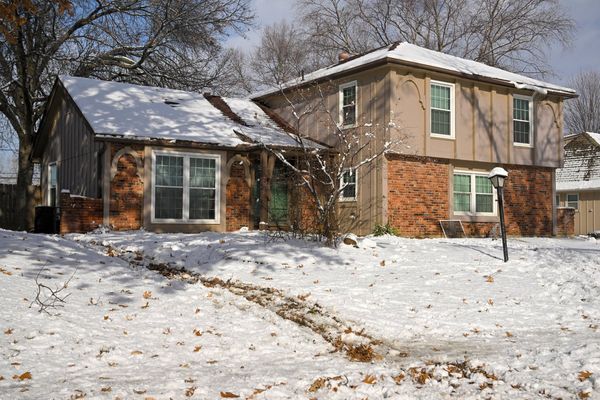Sono Motors may not have secured the necessary funding to begin production of the Sion solar electric vehicle, but it’s still testing prototypes and it seems quite transparent about its findings. A few days ago the startup posted a very interesting video showing how much the sunlight would charge the vehicle on a cold and mostly cloudy winter’s day in Munich, Germany, close to the company’s headquarters.
Sono considers this a worst-case scenario, pointing to the low temperatures, short winter days and the fact that the cloud cover affects how much electricity is generated. As a reminder, the Sion SEV has photovoltaic arrays in virtually all its body panels, including doors, quarter panels and even the hatch in the back.
The biggest single solar panels are on the roof and hood of the vehicle, and since they are pointing upward, they should catch the most sunlight no matter the vehicle’s orientation. Interestingly, Sono’s test found that in winter when sunlight hits the vehicle more at an angle since the Sun is lower in the sky more of the time, it’s actually the solar panels on the sides and hatch that produced the most electricity.
In around five and a half hours, the vehicle gained 1.3 percent state of charge, which isn’t much (and way off adding the claimed 35 km / 21 miles of range per day), but it does show that solar panels can still useful even in winter. Apparently, if there is a lot of snow around the vehicle, this allows light to bounce back from the ground and hit the vehicle’s sides, adding to the electricity that it can produce.
Sono also recently uploaded a video (embedded below) showing a camouflaged Sion prototype while durability testing in sunny Spain. The manufacturer doesn’t say a whole lot about this round of testing, but you do get to see the prototype being driven on a dirt road and doing some very light off-roading, which is something it probably will rarely do if it reaches customers’ hands.







